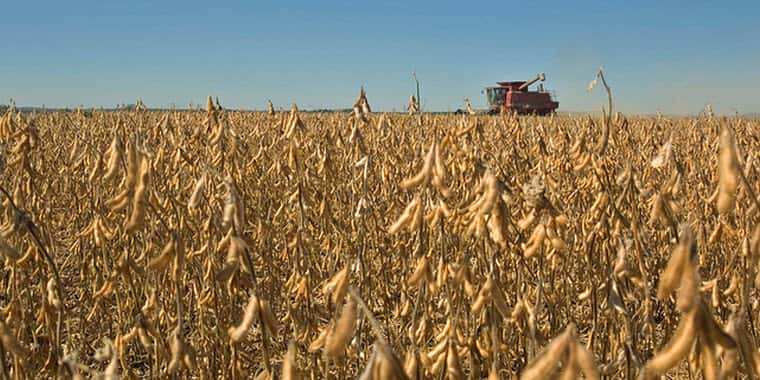Washington Insider: The Risk From Glyphosate
Earlier this month, the Washington Post published an important article on glyphosate, “the chemical Monsanto depends on.” The purpose was to raise safety questions in terms of the actual context of their regulation and use.
The Post said it is really difficult to talk “soberly” about glyphosate, especially since the International Agency for Research on Cancer, a WHO agency, declared the chemical a probable human carcinogen. “Opponents of GMOs made hay over the report, urging consumer caution and regulatory attention. Equally predictably, GMO supporters questioned both the agenda of the agency and the quality of the assessment,” the Post stated.
It turns out that the IARC evaluated existing studies rather than search for new findingds, much like EPA did when it reviewed over 55 epidemiological studies conducted on the possible cancer and non-cancer effects of glyphosate and concluded that “this body of research does not provide evidence to show that glyphosate causes cancer.”
The Post interviewed toxicologist David Eastmond, professor and chairman of the department of cell biology and neuroscience at the University of California at Riverside on how to interpret these findings. There have been hundreds of studies on glyphosate, he said, and “with that number of studies, you're always going to find some which give you positive results, tests that would suggest it could be toxic under certain conditions, and you can run with that.”
The current issue arises from the ambiguous objective of the IARC, the Post thinks. It works to find substances that can cause cancer, but not the levels of exposure that are risky. It turns out that this list is long and includes alcohol consumption, leather dust, Chinese-style salted fish and many others. So, interpretation of the IARC findings depends on dosage levels and whether exposure is high enough level to carry risk a “very difficult concept to deal with,” the Post said.
The article cited other environmental toxicologists who generally emphasize the very small exposure that humans typically receive from glyphosate, and, that exposure amount is key. If there is a risk, it's people who are regularly exposed to a larger amount of glyphosate like some farm workers who apply it. Eastmond emphasized that exposure to the residue in food poses little risk.
The article pursued the issue further, and suggested that “what glyphosate does to humans isn't the only issue, of course. There's also what it does to the environment, and there have been both good and bad consequences of herbicide-tolerant crops.”
For example, it has led to increased pesticide use, the Post said, in terms of pounds of herbicide per acre “for soybeans but not of corn.” And, GMO supporters point out that, even when more pounds are used, glyphosate is “replacing more-toxic herbicides.” That's true of both corn and soy, although herbicides other than glyphosate are now increasing again in soybeans, the Post noted.
One definite positive, the Post argued, is that herbicide tolerance has enabled farmers to reduce tillage, traditionally used to uproot and kill weeds. This process severely disturbs the soil, facilitates erosion and runoff of nutrients and chemicals, consumes energy and is costly to producers. Reduce tilling, and you reduce those problems and retain more water in the bargain, the Post article highlighted.
On the negative side, herbicide tolerance has hastened the development of glyphosate-resistant weeds, so farmers have to turn to other herbicides or to more tillage to control those.
Overall, the Post concluded that whether total herbicide use is seen as increasing or decreasing depends mainly on how you count use of a less-toxic chemical to “replace a more-toxic one,” and probably is not the main issue — which is consumer hostility to biotech crops mainly designed to help producers rather than consumers.
This severely threatens the future capacity of biotech crops to realize their potential to dramatically improve food quality and availability for those most in need as some consumers and activist groups call for limiting or banning biotech crops.
So, the Post ended its look at glyphosate fairly quietly and then focused on consumer perceptions. “We have a baby here, and we have bathwater. We have to learn to tell the difference.”
Certainly, this is a very different conclusion than the ones being reached by many, highly vocal urban foodies. It likely will generate a lot of commentator anger, but perhaps also some new understanding of ag technology issues, Washington Insider believes.
The Post article can be read here: https://www.washingtonpost.com/…
Source: DTN Washington Insider






